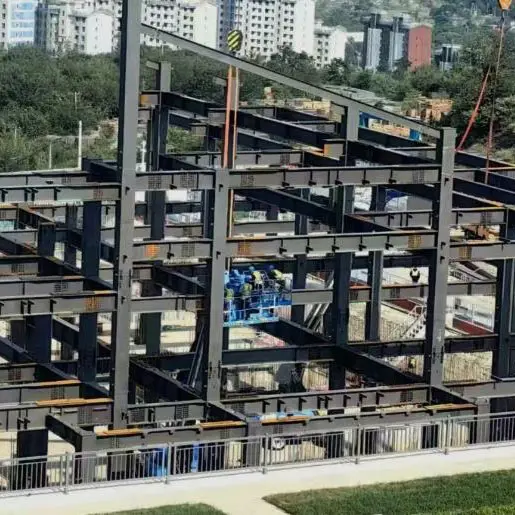What Are the Different Types of Structural Steel Frame?
2025-03-31
Structural steel frames are widely used in construction for their strength, durability, and flexibility. They provide the skeleton of buildings, bridges, and other infrastructure projects. Here are the main types of structural steel frames:
1. Moment-Resisting Frame
- Designed to withstand lateral forces such as wind or seismic activity.
- Connections between beams and columns are rigid, ensuring stability without additional bracing.
- Commonly used in high-rise buildings and earthquake-prone areas.

2. Braced Frame
- Features diagonal bracing to provide lateral stability.
- Braces transfer horizontal forces to the foundation, reducing sway.
- Suitable for industrial buildings, warehouses, and low-rise structures.
3. Portal Frame
- A simple and cost-effective frame, often used in warehouses, factories, and agricultural buildings.
- Characterized by its clear-span design without intermediate supports.
- Offers large open spaces for storage or manufacturing.
4. Truss Frame
- Composed of interconnected steel members forming triangular units.
- Distributes loads efficiently, allowing for long spans with minimal material use.
- Ideal for bridges, large roofs, and airport hangars.
5. Space Frame
- A three-dimensional truss-like structure that distributes loads in multiple directions.
- Provides high strength-to-weight ratio and aesthetic appeal.
- Common in stadiums, exhibition halls, and domes.
6. Composite Steel Frame
- Combines steel and concrete elements for enhanced strength and rigidity.
- Often used in multi-story buildings and infrastructure projects.
- Provides efficient load-bearing capabilities with reduced material costs.
Conclusion
Each type of structural steel frame has its own advantages and applications. The choice depends on factors like building height, environmental conditions, and budget. Engineers often select a combination of frames to optimize structural performance and ensure safety.

